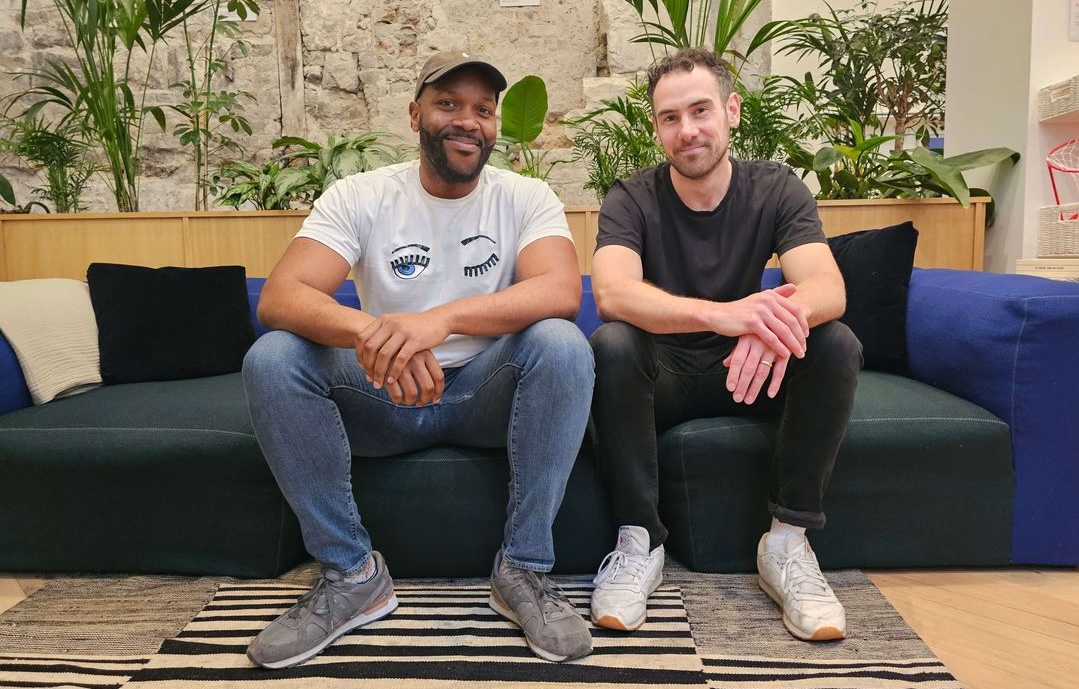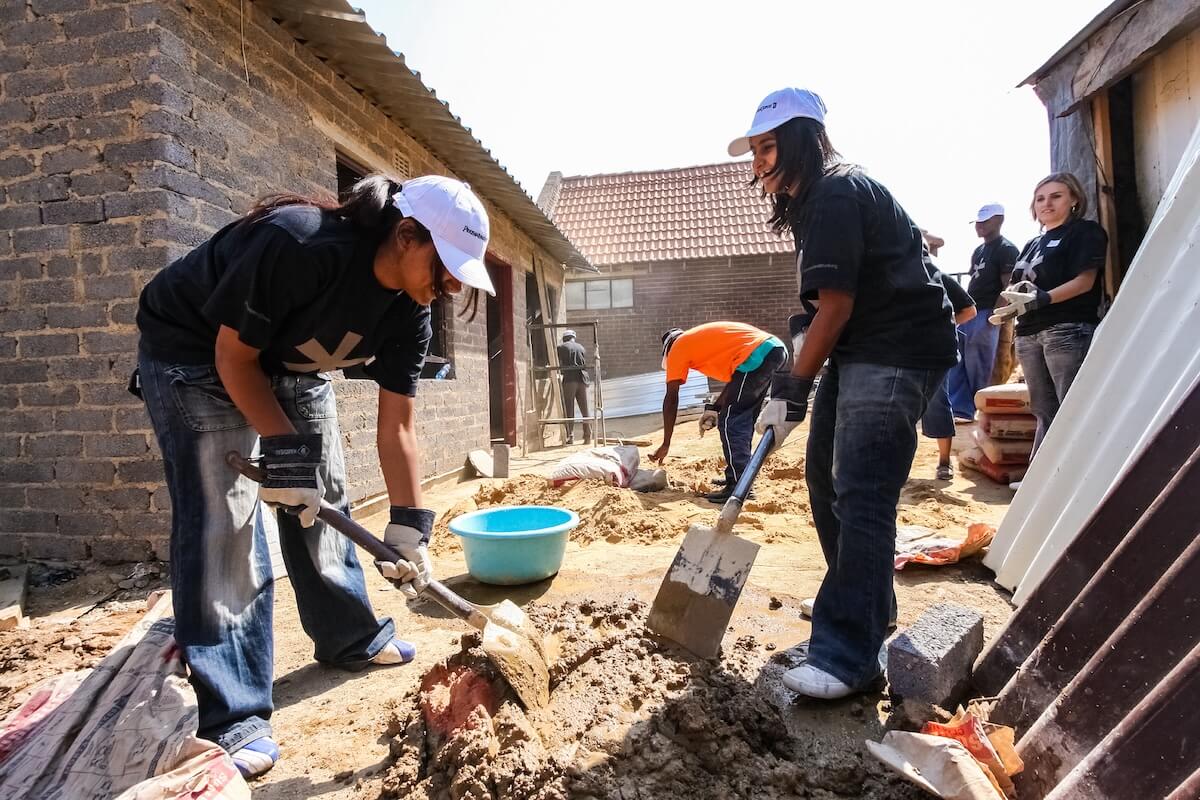Students and professors: Bring ImpactAlpha into your MBA or other academic program. We have full and partial ImpactAlpha scholarships for impact faculty and school libraries (thanks, Rockefeller Foundation!). Send a note to [email protected] with the subject line: “Impact Ed.”
“Impact” is not just for social work and public policy schools. It’s now a driving force for innovation in business education across the globe. That puts professors fluent in both impact and business on the forefront of change.
“Current practices in business, finance, and investing are accepted as gospel, when in reality they are ideological positions with implicit assumptions about human behavior and the role of the firm and the purpose of finance,” says Dr. Sara Minard, now the chief program officer at the College for Social Innovation, a Boston-based startup, and an entrepreneur-in-residence at Babson College.
Minard’s social finance course at Northeastern University helped students develop strategies for investing in local social enterprises, and helped Minard win an Ideas Worth Teaching award from the Aspen Institute’s Business & Society program.
Minard is one of dozens of academics across the country, and hundreds globally, pushing to embed social and environmental values into the curricula of business and finance education.
“Students should be equipped to make their investment pitch to a wide range of investors and financial institutions from across the risk spectrum,” she told ImpactAlpha. “Even the most curmudgeon or pessimistic business school students leave my class with the feeling that they need to open up their horizons about what they could actually do with their degree.”
Impact investing business profs to share their syllabi and other secrets
At earlier roles at the Organisation for Economic Co-operation and Development and in the field in West Africa, Latin America and India, Minard sought a shift in economic development agencies from aid to entrepreneurship. When she began teaching at Columbia University’s School of International and Public Affairs a decade ago, few professors were teaching the purpose of finance or the social impact of capital markets and investment strategies. “Back then, the closest we got to courses on sustainable investing was environmental accounting inside program and project development,” she says. Minard moved to Boston and Northeastern University in 2014.
At the College for Social Innovation, Minard is designing and teaching a social finance curriculum for students who receive college credit to spend a “semester in the city,” fully immersed in experiential learning through mentor-supported internships in a nonprofit, social mission business, or government agency. She is teaching her social finance course at Babson’s Lewis Institute for Social Innovation, bringing the renowned MBA Impact Investing Network & Training (MIINT) experience to business undergraduates for the first time.
ImpactAlpha caught up with Minard to learn how biz school curricula is evolving, how she is expanding access to impact investing education and how what’s old is now new again.
ImpactAlpha: Why do we call it impact investing instead of social impact investing?
Dr. Sara Minard: The word ‘impact’ depends on the individual’s relationship to capital and power in the current capitalist system. Wherever an individual sits in this system (for example, capital owners vs. workers or philanthropists vs. venture capitalists or stakeholders vs. shareholders) determines their motivation for investment and for change. Some impact investors are willing to forgo more of their privileges as capital owners than others. Students should be equipped to make their investment pitch to a wide range of investors and financial institutions from across the risk spectrum.
ImpactAlpha: Do your students share your energy for change?
Minard: I’m eternally hopeful. I’m certainly trying to educate creative, critical thinkers so that my students are the ones defining the new social accounting standards and framing the debates. There are a lot more experienced people fine tuning tools to make ESG analysis more rigorous to encourage them.
I also think today’s students feel a sense of urgency like never before. Whether it’s debt for their education, concerns about an unequal society or climate change, they’re carrying heavy burdens into the world. Even the most curmudgeon or pessimistic business school students leave my class with the feeling that they need to open up their horizons about what they could actually do with their degree.
ImpactAlpha: What about business school faculty?
Minard: For faculty, I think the challenge is seeking out new knowledge and welcoming new models, like figuring out how to think in systems and embrace uncertainty. To create the space in the curriculum for something new is hard. Those are changes that you have to bring to your department chair, and they are difficult discussions. There are people at the AOM (Academy of Management) conference every year asking really bold questions, but these are not the people who are creating the standardized curricula.
The more faculty can be shown that teaching business or finance to include impact investing is not a divergence from what is taught in a “regular” class, the better. We are just adding perspective—cultural, historical and ethical— to what we teach and how we teach it. It can be a welcome evolution, as opposed to an unwelcome revolution. Impact investing as a set of ideas upholds the academic oath to promote critical inquiry. That is what I am trying to do with my course.
ImpactAlpha: You are working to expand impact investing education at community colleges and MBA programs at rural universities. Why is this important?
Minard: I am about democratizing business education as opposed to perpetuating the privileged perspectives. I want to ‘ground-truth’ this knowledge in diverse experience. That means directly observing how students respond to impact investing taught at schools like Berea College in Berea, Kentucky (which funds and educates students from Appalachia) and historically Black college communities like Howard University, or schools for the deaf and hard of hearing, like Gallaudet, in Washington, D.C., and small liberal arts colleges throughout the U.S.
That will require part knowledge sharing, and part research. On the research end, I expect we will see differences in how students who have experienced inequality, displacement, immigration, social unrest, financial illiteracy, and other forms of economic and social exclusion engage with the curriculum, especially how they define the impact strategies and pitch the investment opportunities. This will influence what social enterprises they find and how they conduct due diligence, what they know or assume to know about the investor’s intentions, as well as how they determine, as a class of students, the kind of impacts their community actually needs, where the money should come from, and how their investments will achieve the change they seek.
ImpactAlpha: How has your own approach to teaching impact investing evolved?
Minard: When I first started, I thought using “this is what happens when ethics get sucked out of decision making in finance” was a rationale for teaching impact investing. But I realized it is more important to start teaching impact investing through the lens of our assumptions around the efficiencies and risks in markets. You have to get students to look at the evidence, and leave opinion and ideology at the door. Without a historical context on issues like the rights of capital owners and shareholder wealth maximization, we fail to position impact investing as a challenge to the status quo.
ImpactAlpha: Who would you suggest students and faculty read to broaden their perspective?
Minard: Jed Emerson uses the term multilingual leadership, which he explored in The Impact Investor (co-authored with Cathy Clark and Ben Thornley).
I am in the early stages of producing an edited volume … that brings diverse perspectives of practitioners like Emerson and Collins under the same roof as academics like Shiller and philosophers like Sandel, who write about the good society and the moral limits of markets.
The book will illustrate how bold ideas about finance, capitalism, markets and how we define meaningful lives are why impact investing has gained such bi-partisan social and political currency in these turbulent times.
The ideas in the space are not new, but the mechanisms, models and metrics are clearer now to facilitate individual and institutional behavior change from a larger swath of society, from philanthropists to venture capitalists, and this is promising.











